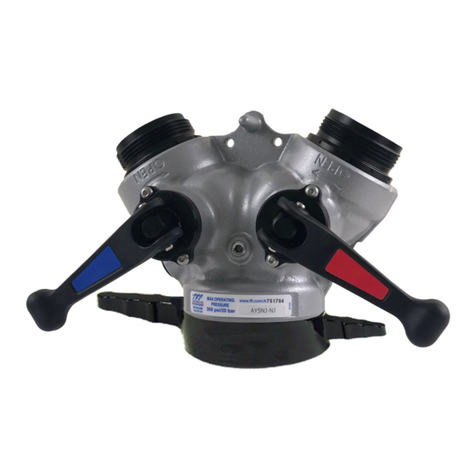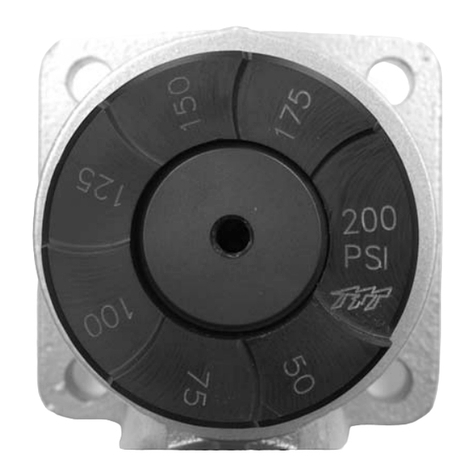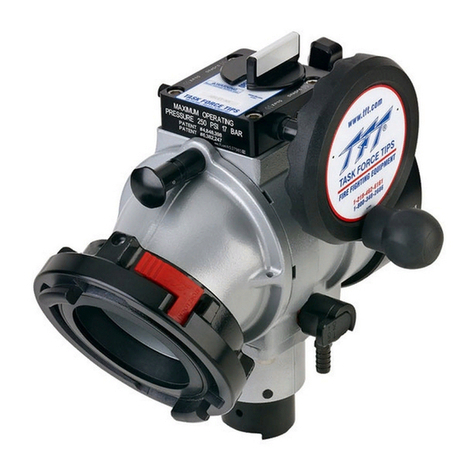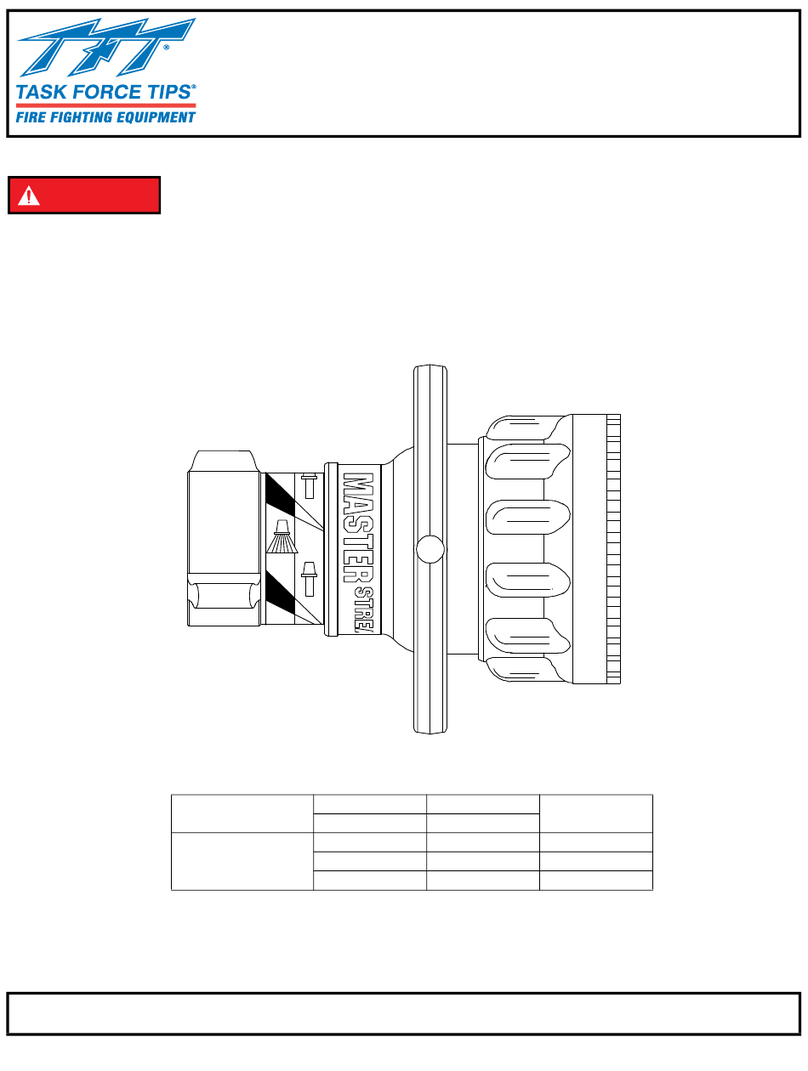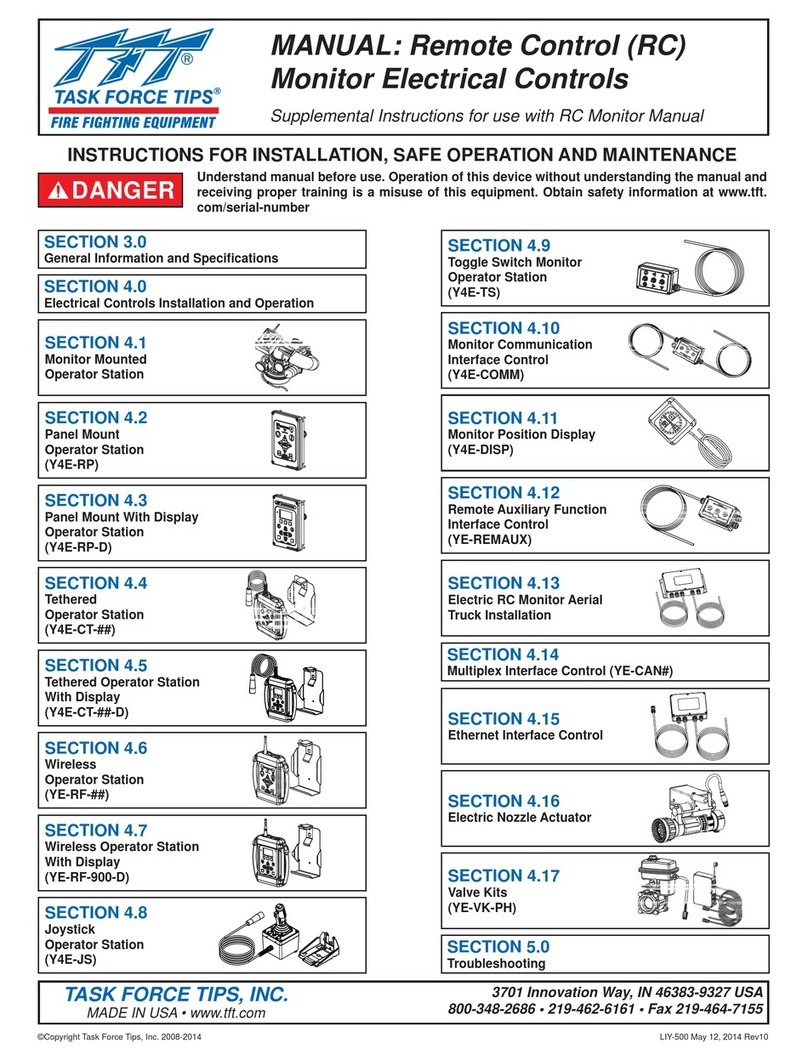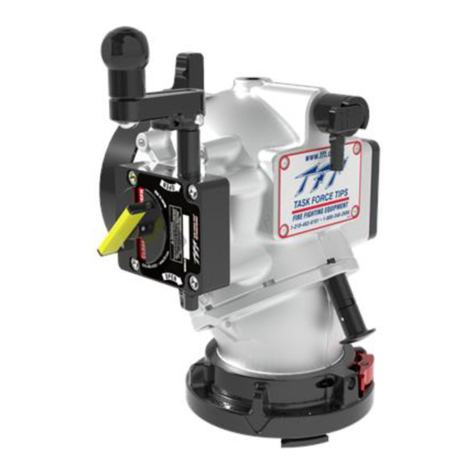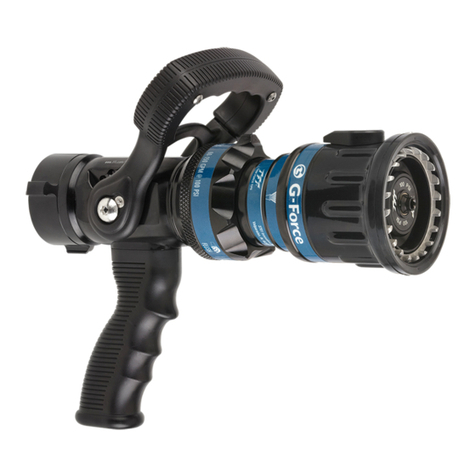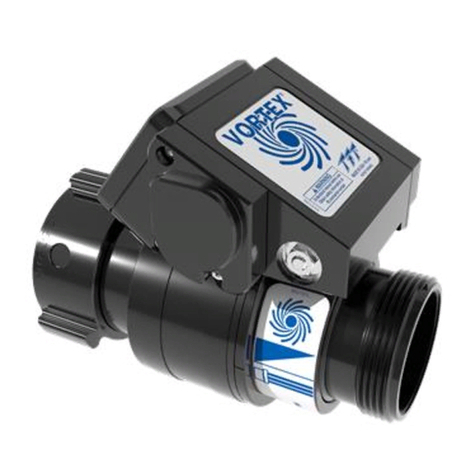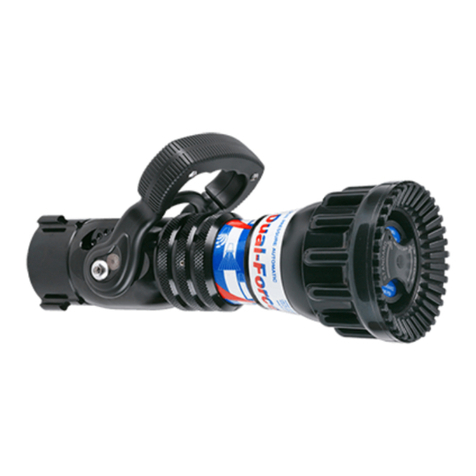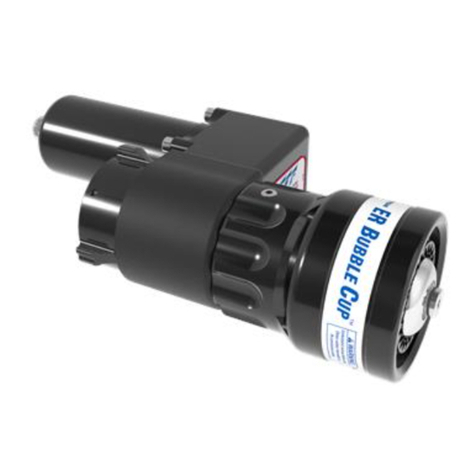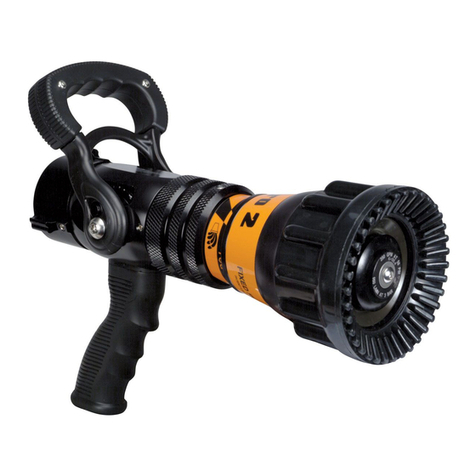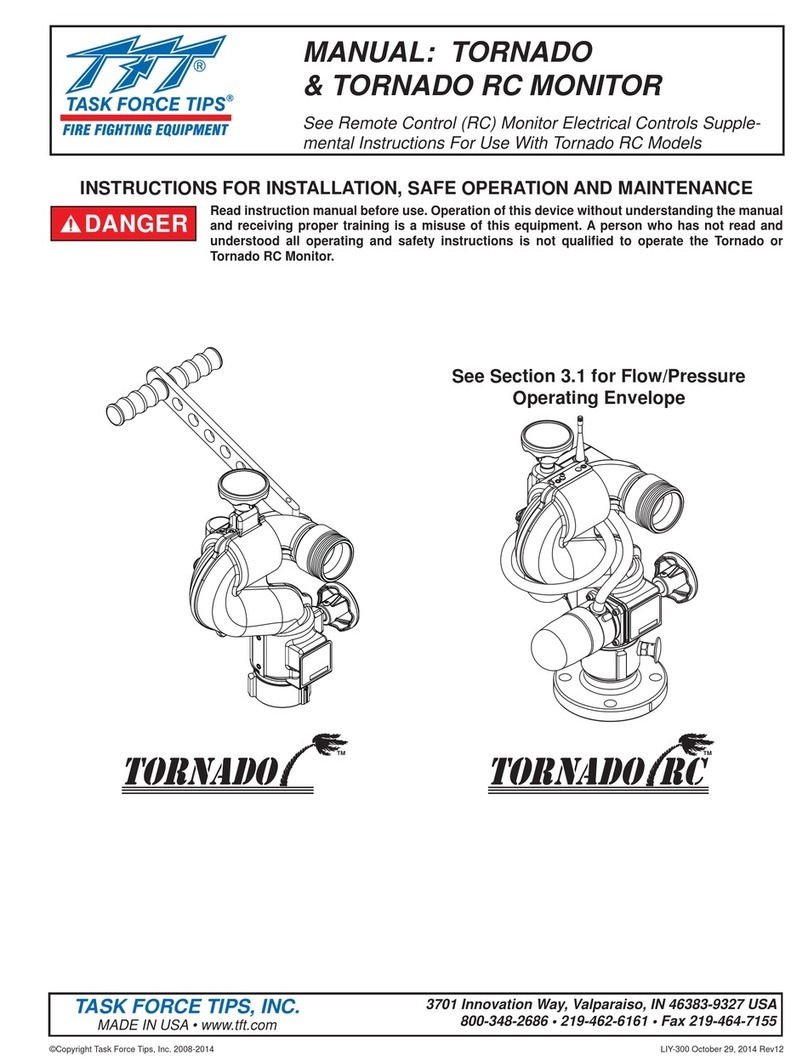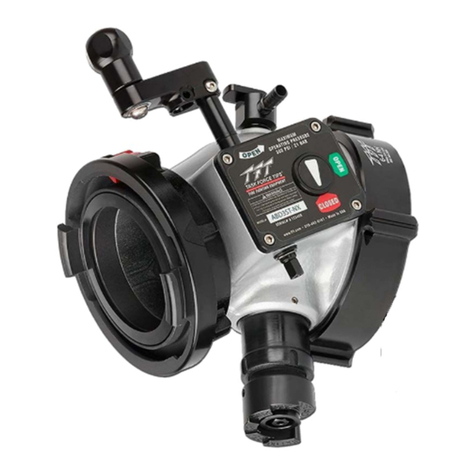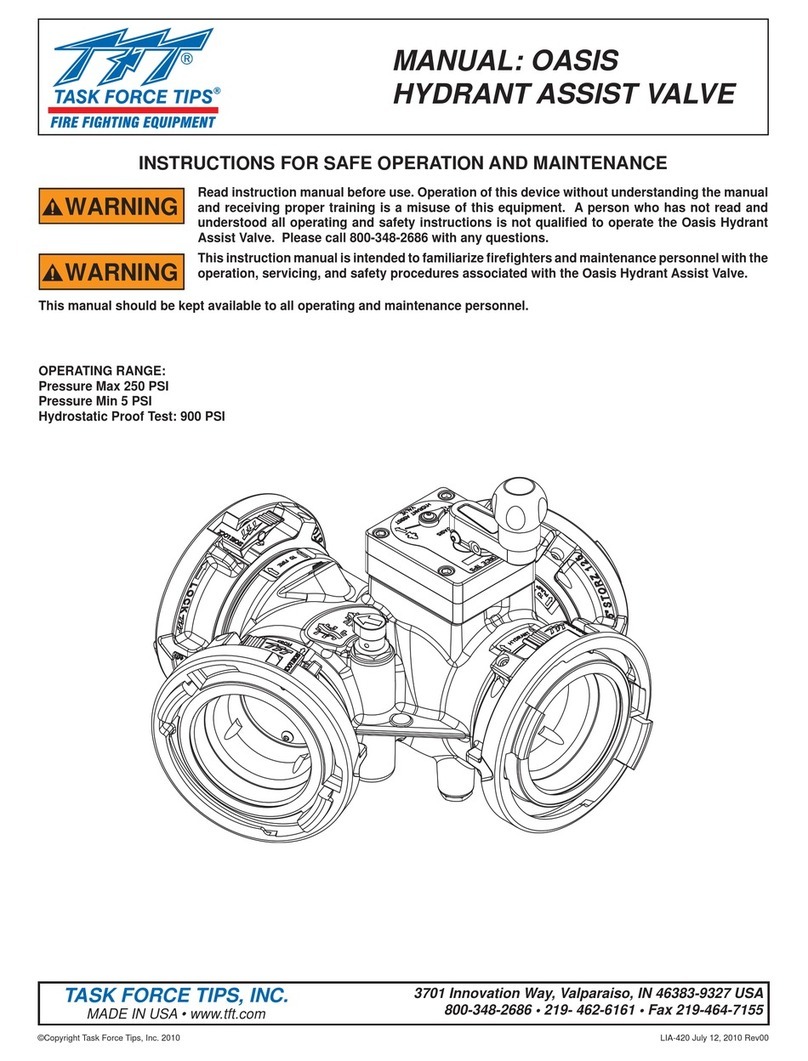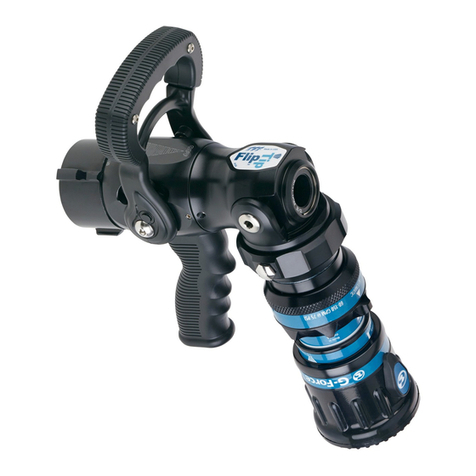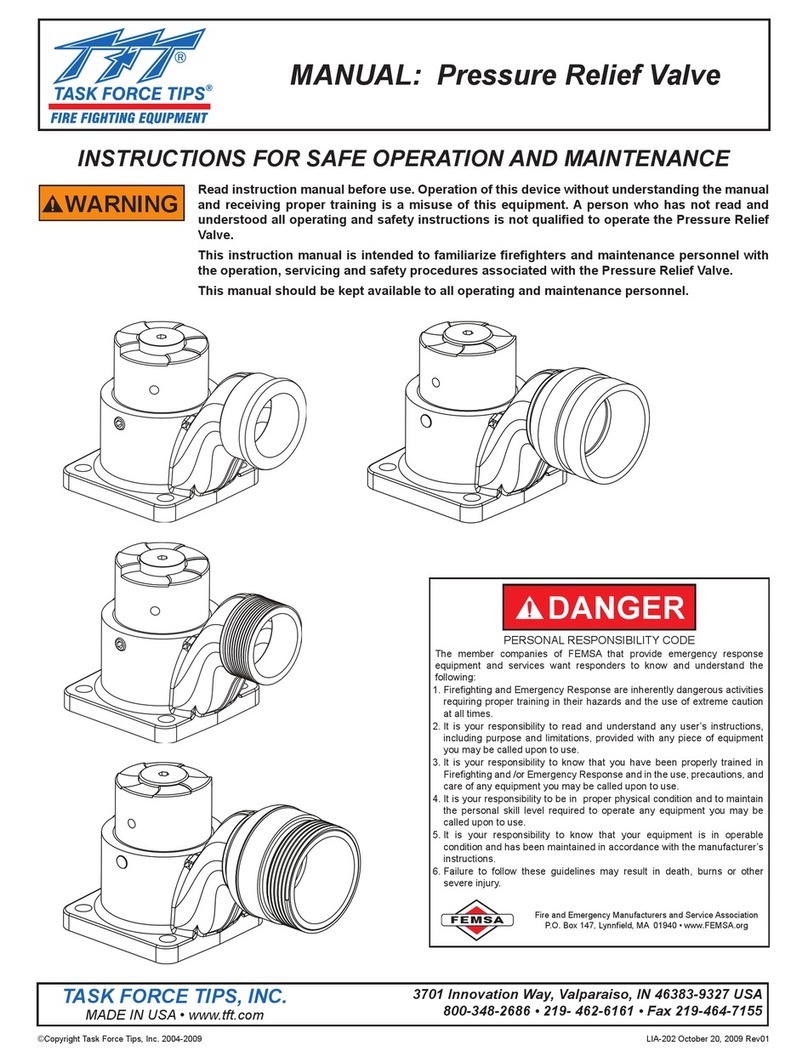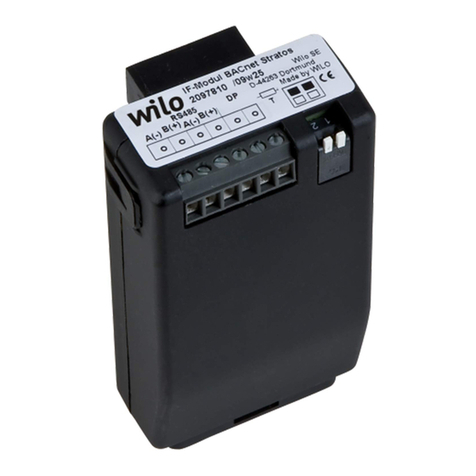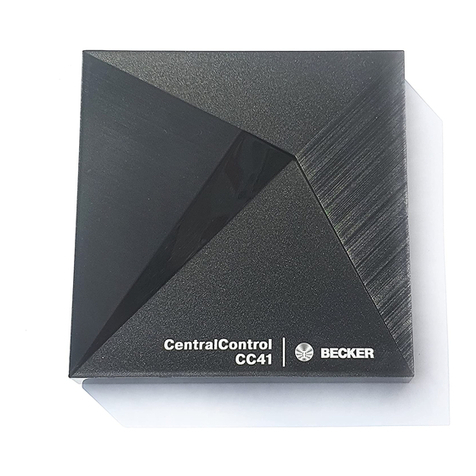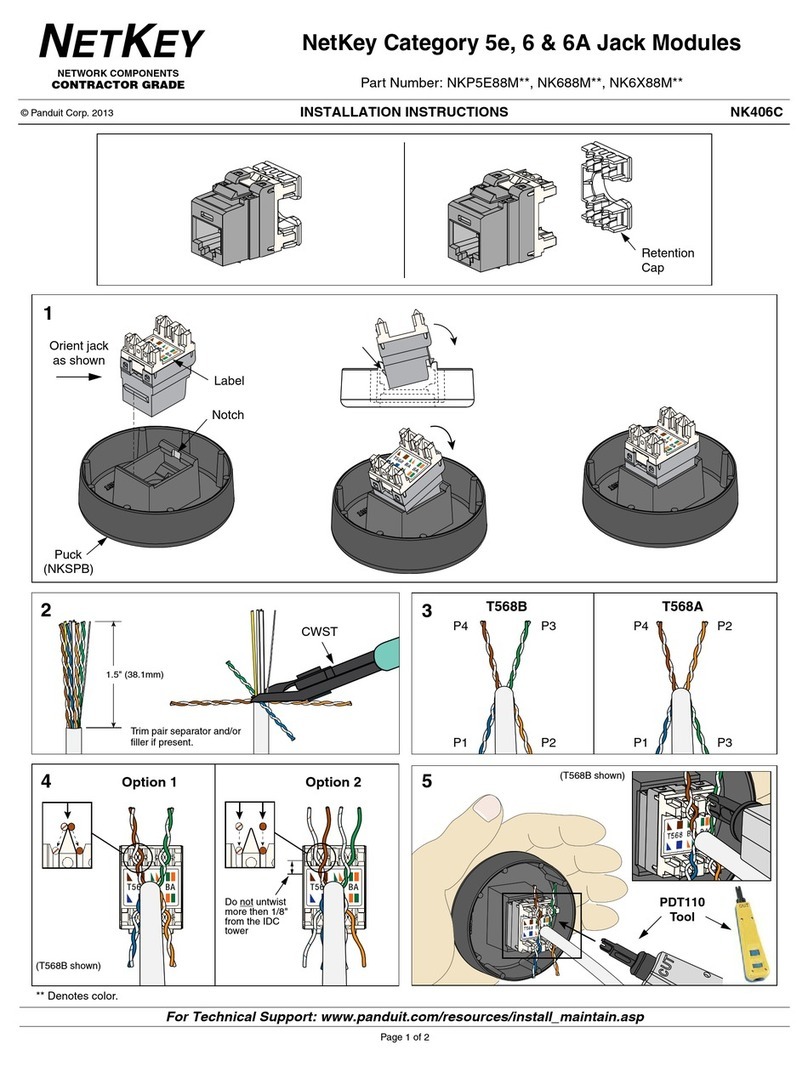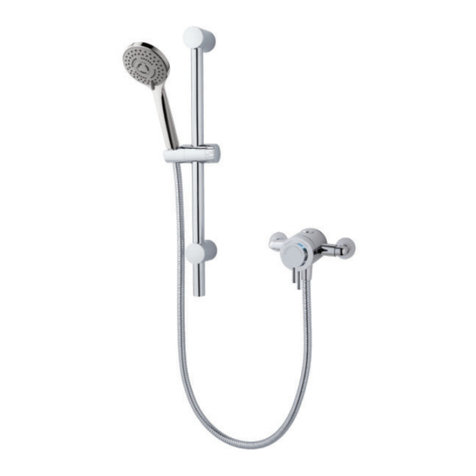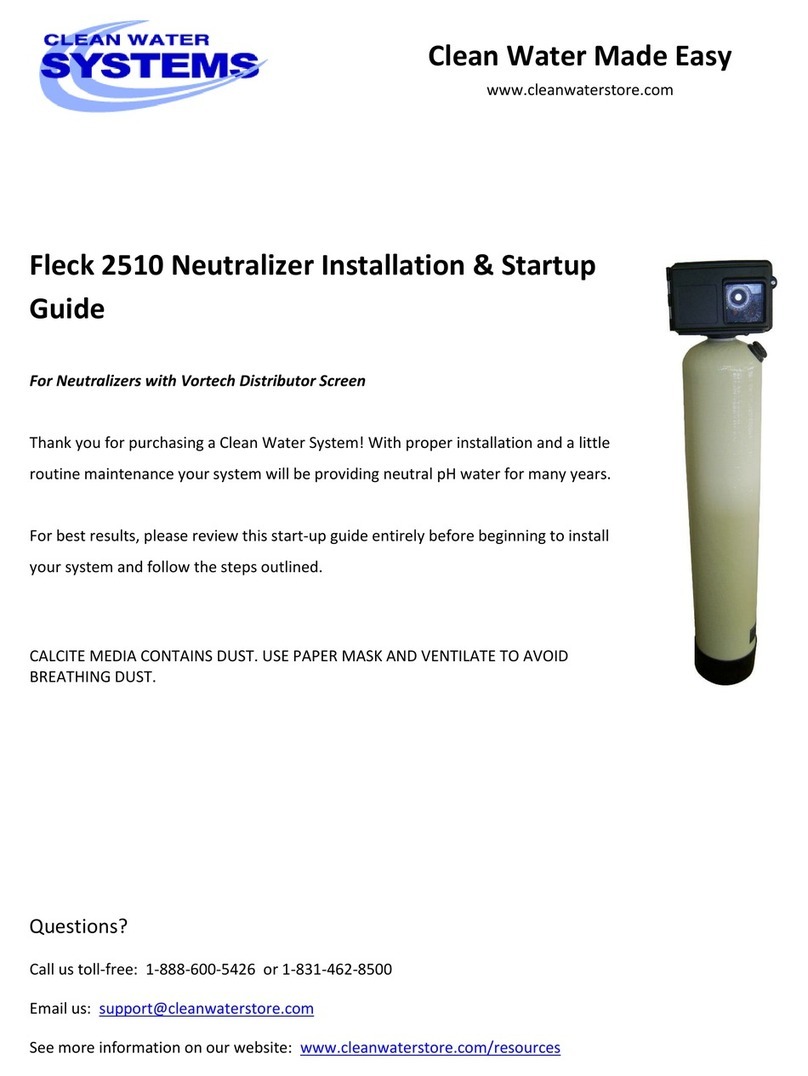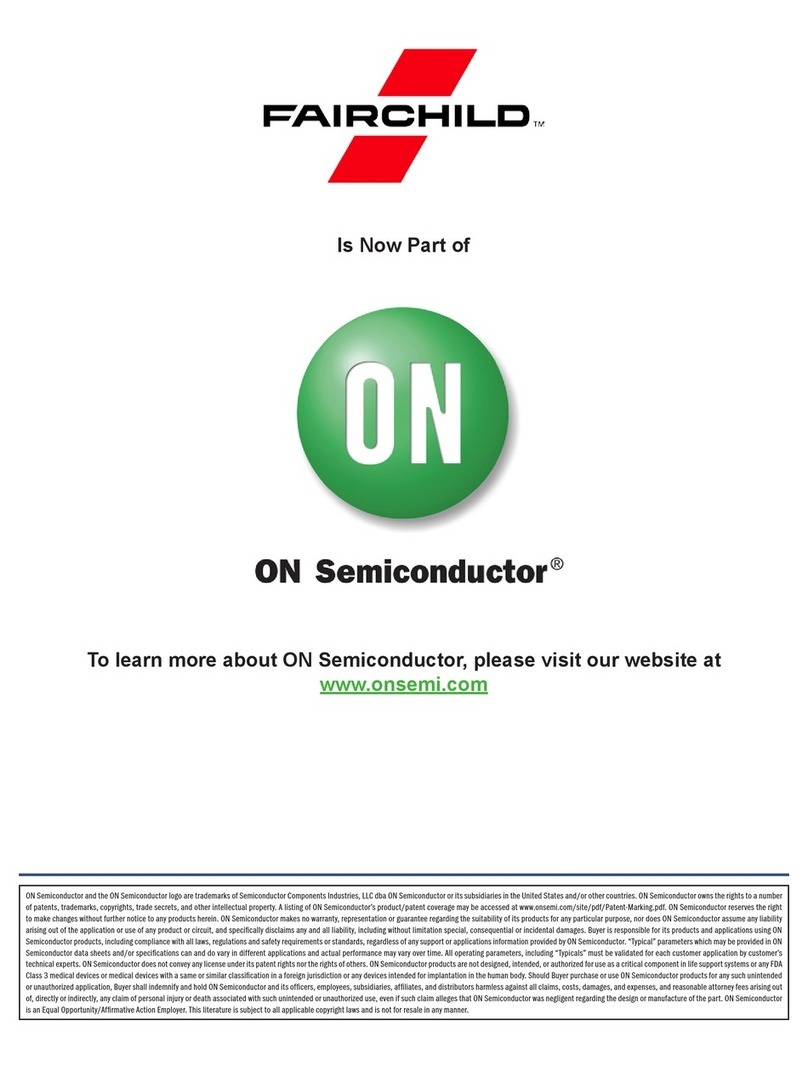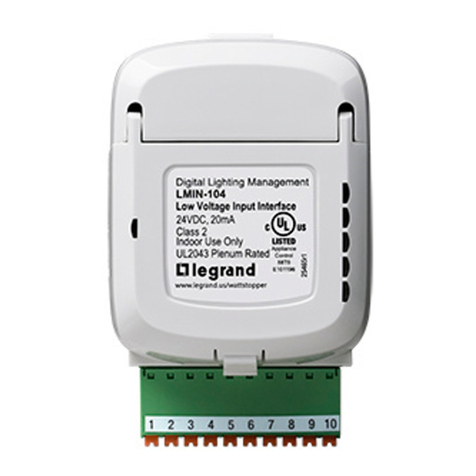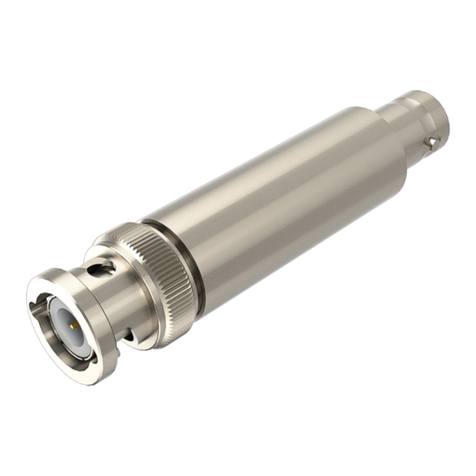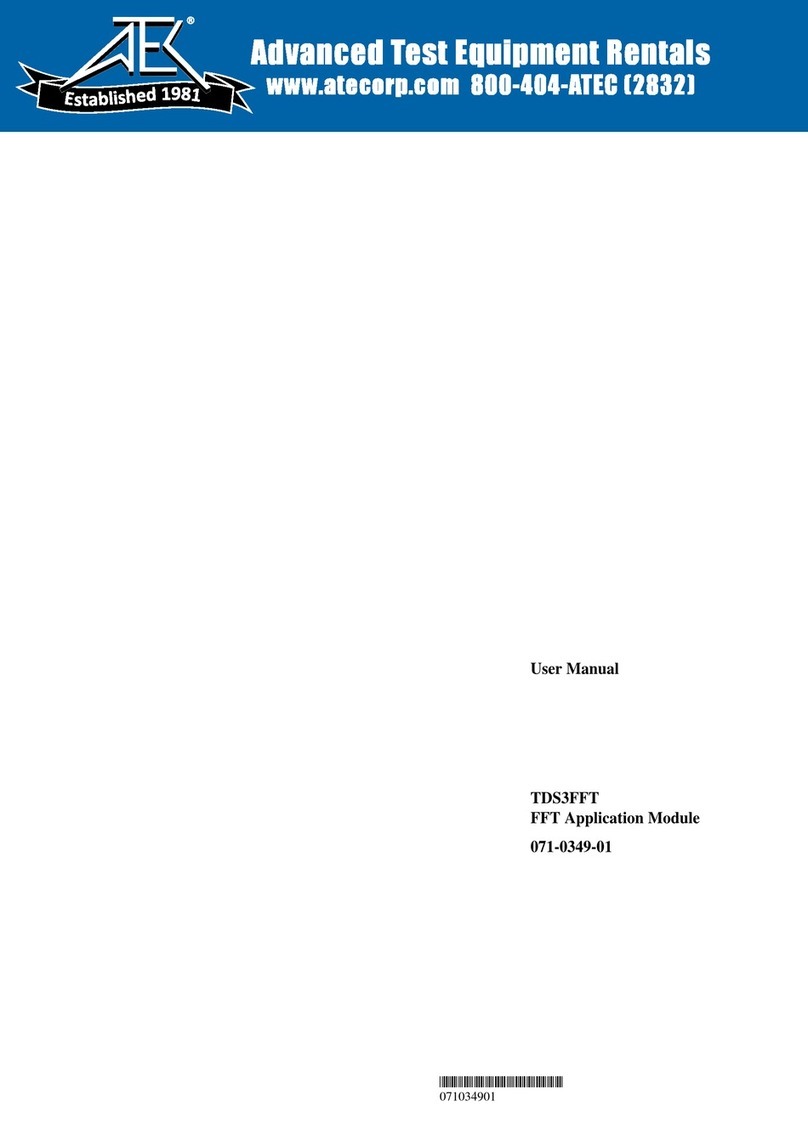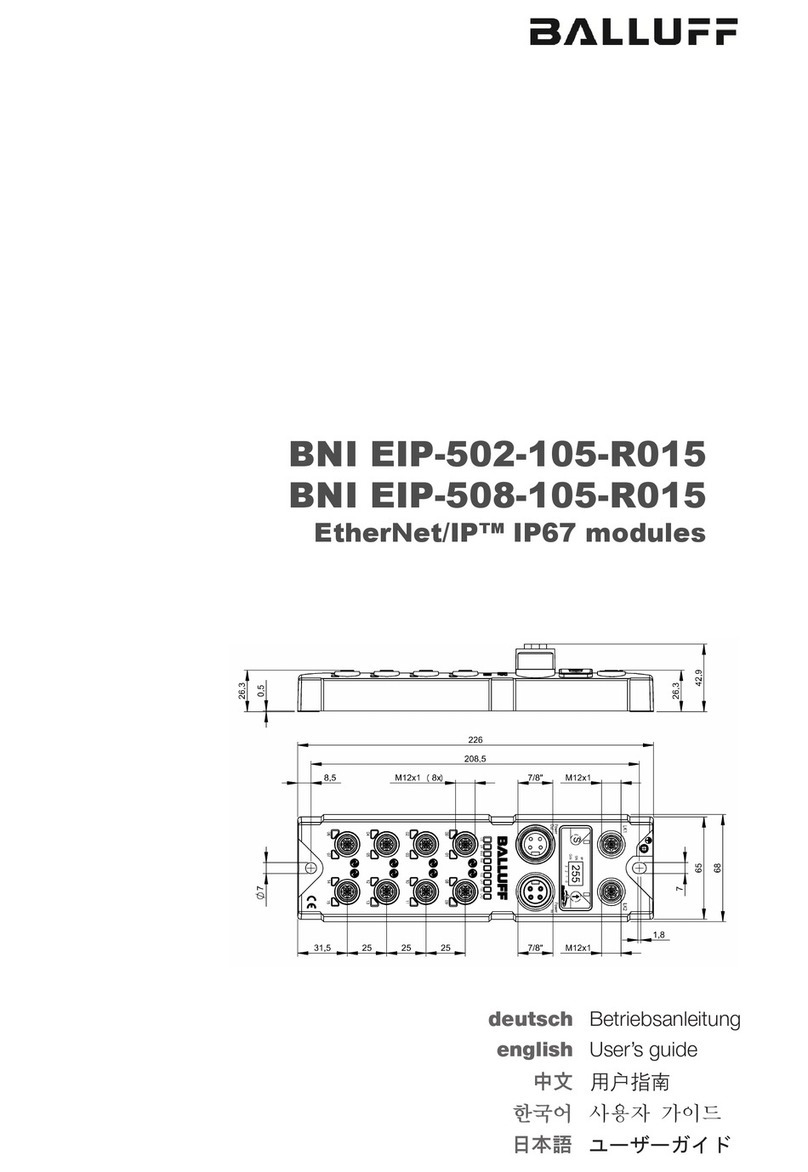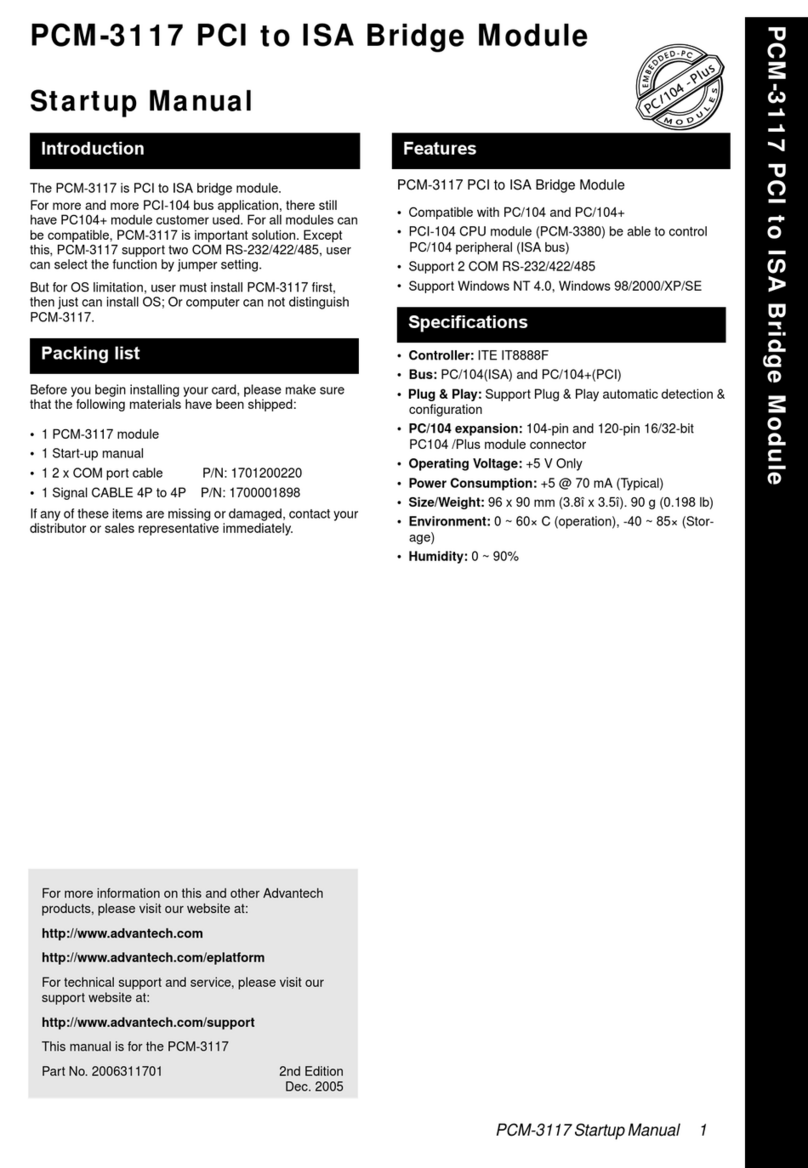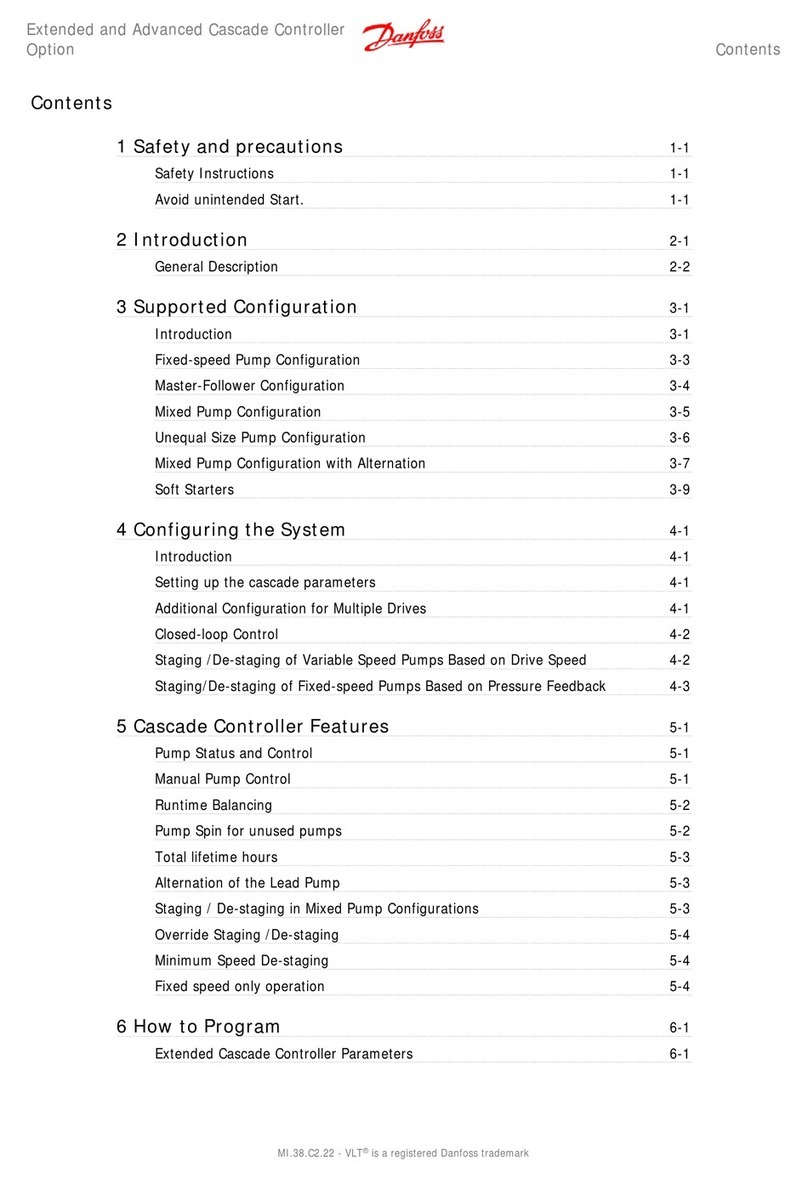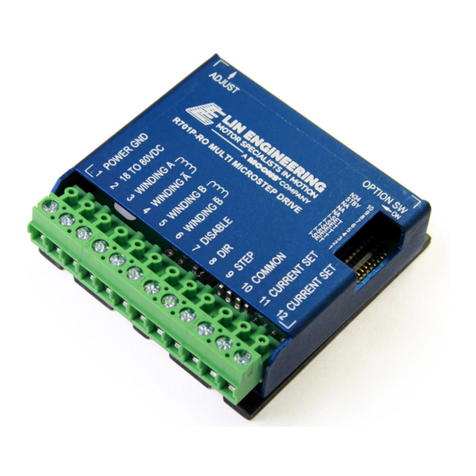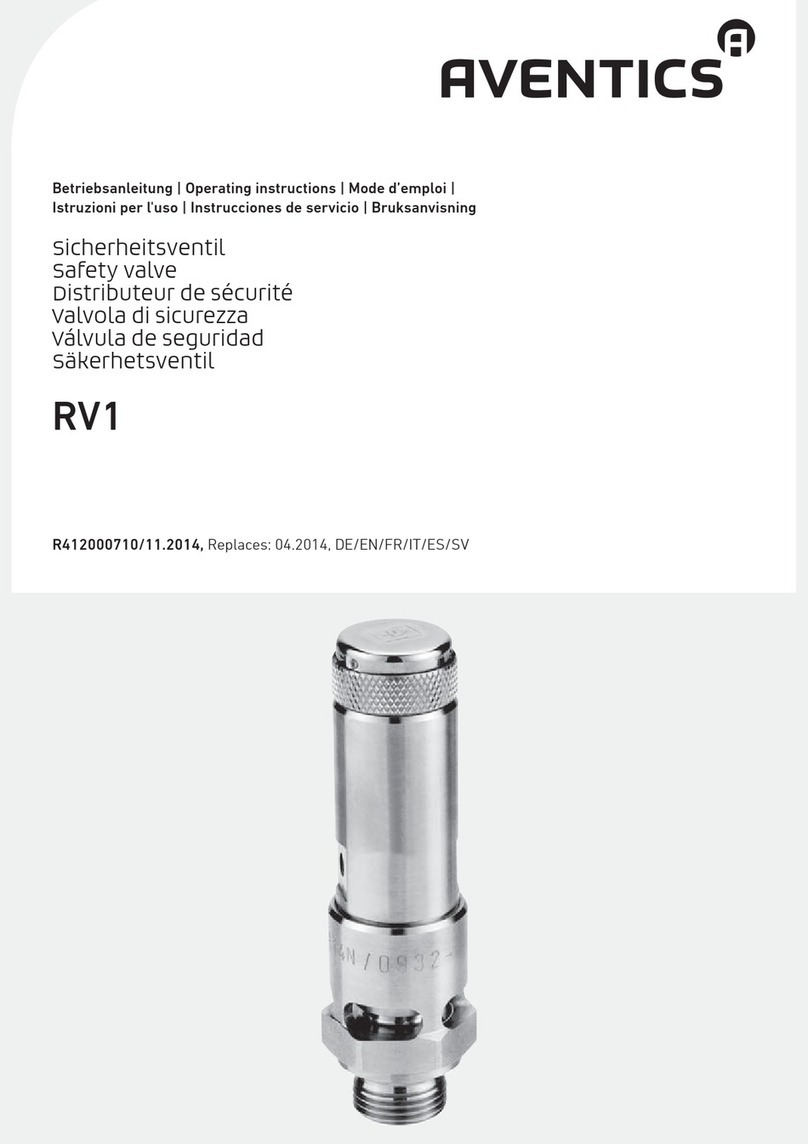
©Copyright Task Force Tips, Inc. 2002 - 2010 LKB-100 January 18, 2009 Rev9
10
9.0 FIELD INSPECTION
Twister and Bubble Cup are designed and manufactured to be damage resistant and require minimal maintenance. However, as the
primary firefighting tool upon which your life depends, it should be treated accordingly.
WARNING Before each use nozzle must be inspected for proper operation and function according to
inspection checklist in section 10.0 of this document. Any nozzle that fails inspection is
dangerous to use and must be repaired before using.
Performance tests shall be conducted on the Twister and Bubble Cup nozzle after a repair, or anytime a problem is reported to
verify operation in accordance with Task Force Tips test procedures. Consult factory for the procedure that corresponds to the model
and serial number of the nozzle. Any equipment which fails the related test criteria should be removed from service immediately.
Troubleshooting guides are available with each test procedure or equipment can be returned to the factory for service and testing.
Factory service is available with repair time seldom exceeding one day in our facility. Factory-serviced nozzles are repaired by
experienced technicians to original specifications, fully wet tested, and promptly returned. Repair charges for non-warranty items
are minimal. Any returns should include a note as to the nature of the problem and whom to reach in case of questions.
Repair parts and service procedures are available for those wishing to perform their own repairs. Task Force Tips assumes no
liability for damage to equipment or injury to personnel that is a result of user service.
SPECIAL CONFIGURATIONS; If nozzles are made according to the special marking or performance requirements of the fire
department then the operating characteristics may differ from the published data in this manual. Repair parts specific to each serial
number may differ from those shown in the service procedure. The required parts for each serial number are available on-line by
entering www.tft.123456 the with numbers corresponding to the serial number engraved on the product.
Consult TFT for laser engraved handle covers, special labeling, logos, and special laser engraving on the nozzle.
CAUTION Any alterations to the nozzle and its markings could diminish safety and constitutes a misuse
of this product.
All Task Force Tip nozzles are factory lubricated with high quality silicone grease. This lubricant has excellent washout resistance
and long term performance. If your department has unusually hard or sandy water, the moving parts may be affected. Foam agents
and water additives contain soaps and chemicals that may break down the factory lubrication.
The moving parts of the nozzle should be checked on a regular basis for smooth and free operation, and signs of damage. IF THE
NOZZLE IS OPERATING CORRECTLY, THEN NO ADDITIONAL LUBRICATION IS NEEDED. Any nozzle that is not operating
correctly should be immediately removed from service and the problem corrected.
10.0 INSPECTION CHECKLIST
Nozzle must be inspected for proper operation and function according to this checklist before each use.
Check that:
1) There is no obvious damage such as missing, broken or loose parts, damaged labels, etc.
2) Coupling is tight and leak free
3) Valve handle moves freely though full range and shuts off flow
4) Nozzle flow is adequate as indicated by pump pressure and nozzle reaction
5) Shaper turns freely and adjusts pattern through full range and shuts off flow
6) On Bubble Cups, aspirating sleeve slides freely and is secure at both ends
If a nozzle needs service, refer to the following documents:
Service Procedure: 1.0” Twister and 1.0” BubbleCup LKD-010
Service Procedure: 1.5” Twister and 1.5 “ BubbleCup LKF-010
WARNING Any twister or bubble cup nozzle failing any part of the inspection checklist is unsafe and must
have the problem corrected before use. Operating a nozzle that fails any of the above inspections
is a misuse of this equipment.
11.0 ANSWERS TO YOUR QUESTIONS
We appreciate the opportunity of serving you and making your job easier. If you have any problems or questions, our toll-free
“Hydraulics Hotline”, 800-348-2686, is normally available to you 24 hours a day, 7 days a week.

